This post may contain affiliate links. Please read our disclosure policy.
Cacio e Pepe has strands of pasta cooked in a skillet of water, then tossed with finely grated cheese and a generous sprinkle of freshly cracked black pepper. A little added pasta water creates a silky sauce that’s so simple and so delicious!
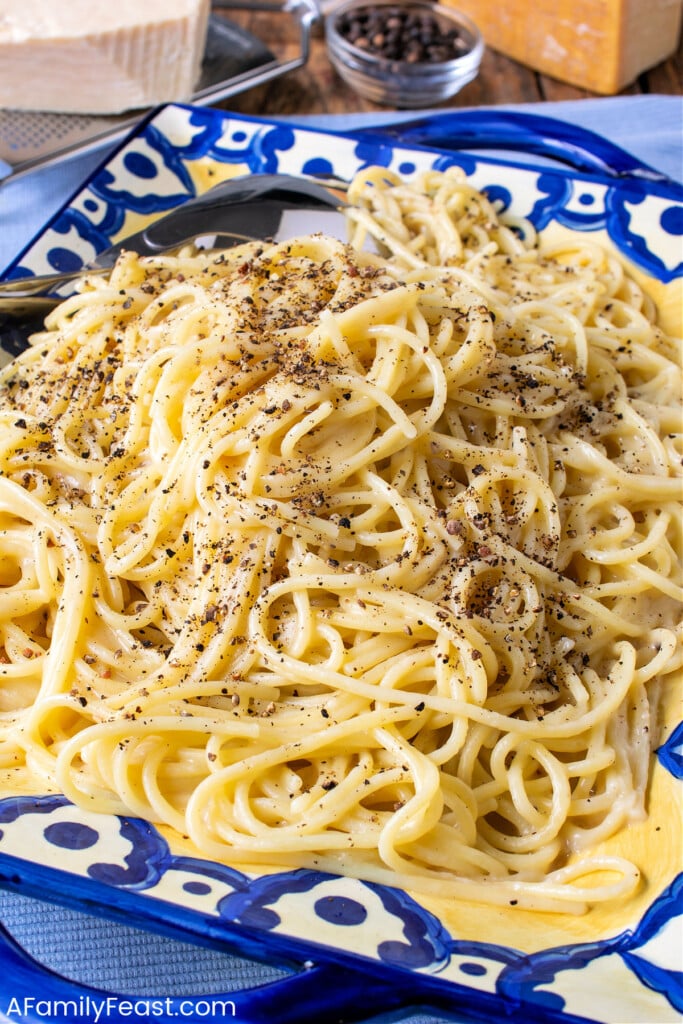
What is Cacio e Pepe?
The name of this simple Italian pasta dish translates to cheese and pepper in English. It’s has strands of pasta tossed with some of the pasta cooking water, cheese and freshly cracked black pepper to create a simple sauce.
Cacio e Pepe is said to have been created by shepherds in Lazio, the west-central region of Italy that includes the province of Rome. The ingredients that make up this dish – pasta, cheese, water, salt, and black pepper – keep well without refrigeration, so it was a practical meal for the traveling shepherds.
Today, almost every Italian restaurant, and every Italian family, will serve their own version of Cacio e Pepe. Our recipe follows the recipe and techniques shared in Milk Street magazine, where they visited various restaurants throughout Rome to research the best ways to prepare this dish at home cook.
A One-Skillet Cooking Method
Rather than boiling the pasta in a large pot of water and draining it once it’s al dente, this Cacio e Pepe recipe cooks the pasta in a wide, shallow skillet in a small amount of water that becomes part of the sauce.
The cooking water retains all of the starches released from the pasta, which helps make the cheese sauce creamy and clings to the pasta strands.
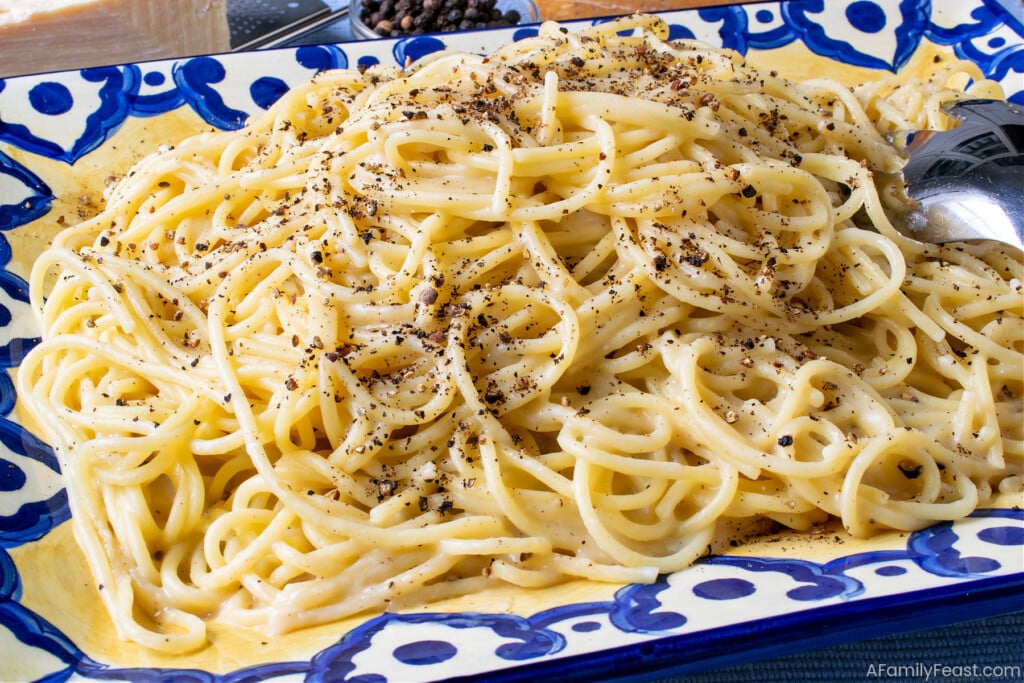
Why you’ll love Cacio e Pepe
- The flavor of the pasta and creamy cheese plus the warm spice of black pepper in every bite is simply delicious.
- This is one of those recipes that is simple enough to make any day of the week, but it’s also impressive enough to serve at a dinner party.
- The easy one-skillet cooking method also means easy cleanup after dinner.
Key Ingredients & Substitutions
- Black Peppercorns – For the best flavor, use whole black peppercorns in this recipe. You’ll toast them in a skillet to bring out even more flavor before crushing or grinding them.
- Cheese – Both Parmesan and Romano cheeses are used. For the best flavor, buy wedges and grate the cheese yourself.
- Spaghetti – The Milk Street article emphasized using the right kind of pasta in this recipe. Specifically, you want strands of pasta with a rougher exterior, so the sauce clings to it. Additionally, you want a brand of pasta that will give off a lot of starch as it cooks in the water. Suggested pasta brands were DeCecco (which we used) or Rustichella d’Abruzzo. Both brands extrude their pasta through a bronze die which creates a rougher exterior than cheaper pasta brands that use a Teflon die.
- Kosher Salt – To season the cooking water.
- Water – To cook the pasta. Note that the amount of water we used varied greatly from the Milk Street recipe and yours may vary from ours. (Different types of pans, cooking temperature, and cooking time can affect how quickly the pasta absorbs the water.)
Special Tools Needed
- Spice Grinder or Mortar and Pestle
- 12-inch Skillet
- Cheese Grater or Microplane – You’ll want to grate the cheese finely.
- Small Bowl – To mix the cheeses.
- Various Measuring Spoons and Cups
- Tongs
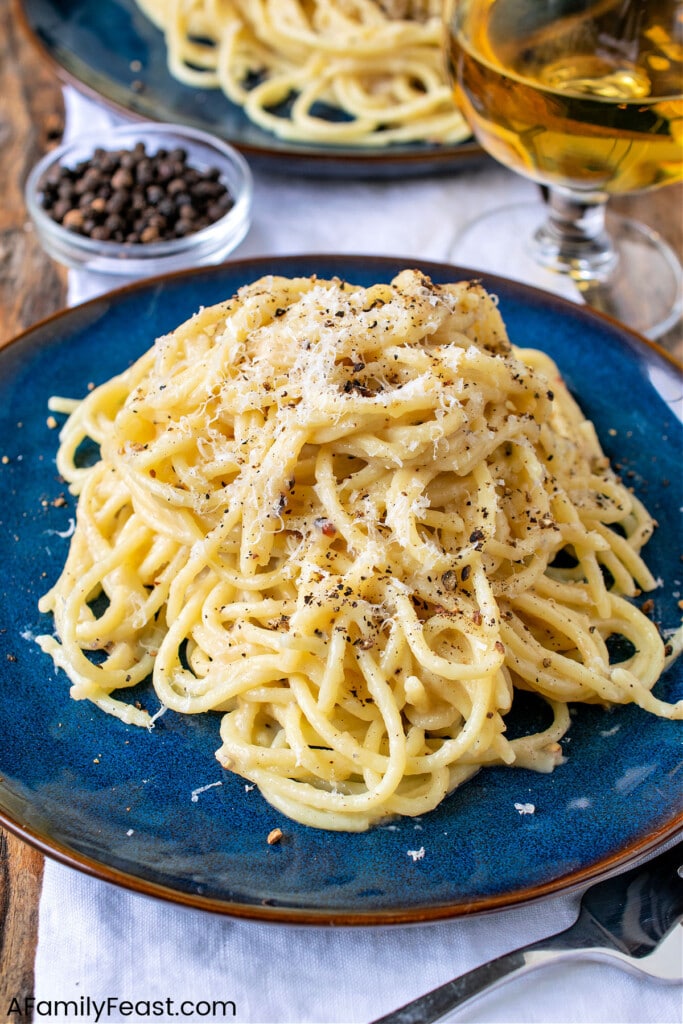
How do I make Cacio e Pepe?
- Toast the peppercorns in the skillet. Cool, and grind or crush to a coarse grind.
- Grate and mix the two cheeses together.
- Measure out the initial 4 ½ cups of water and heat in the microwave or in a separate sauce pan. Have some extra heated water standing by in case it is needed.
- Place dry spaghetti into the dry skillet and sprinkle some pepper and salt, and some of the cheese on top of the pasta.
- Add the heated water and turn heat to medium high.
- Cook to al dente then add the rest of the cheese, adding more water as needed for a creamy starchy sauce. Off heat add one teaspoon of the pepper, taste and add more salt if needed.
- Serve with additional cheese grated over the portions along with the rest of the ground pepper.
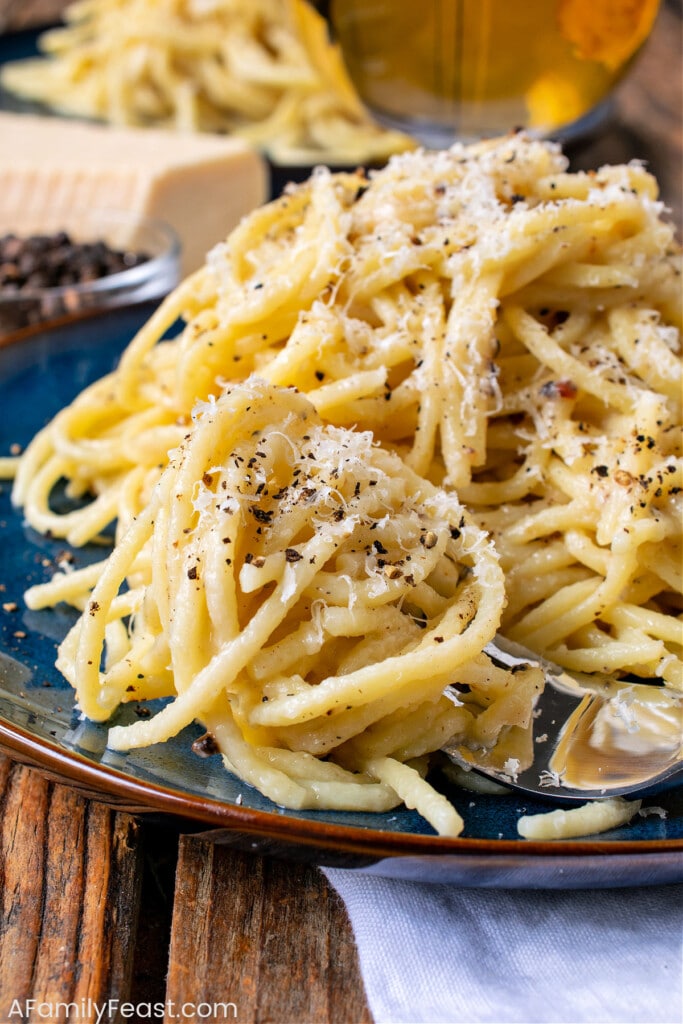
Tips & Tricks
- Twelve ounces is the perfect amount of pasta for the 12-inch pan size and the ingredients listed. Don’t be tempted to add the entire one-pound box of pasta to your skillet without adjusting the quantities of other ingredients and switching to a larger skillet.
Frequently Asked Questions
- Can I make Cacio e Pepe ahead of time? No, this is one recipe that must be cooked and consumed as soon as it comes off the heat. Within a very short time, the pasta will absorb any liquid if it sits for too long and turn starchy and sticky. It’s simple enough to just thin down with some water if that happens, but we found that this dish tastes the best and yields the best creamy texture when freshly-cooked and served immediately.
- How do I store leftovers? Cool, then add a little water to coat the pasta before storing. Refrigerate in a covered container for up to three days.
- How do I reheat leftovers? If there are any leftovers. Heat gently in a skillet with more water and grated cheese.
- Can I freeze? No. We don’t recommend attempting to freeze this dish.
You might like these other Pasta Recipes:

Click here for more delicious Pasta Recipes!
See the RecipesWe love seeing what you made! Tag us on Instagram at @afamilyfeast or hashtag #afamilyfeast so we can see your creations!

Cacio e Pepe
Cacio e Pepe has strands of pasta cooked in a skillet of water, then tossed with finely grated cheese and a generous sprinkle of freshly cracked black pepper. A little added pasta water creates a silky sauce that’s so simple and so delicious!
Ingredients
1 tablespoon whole black peppercorns
1 cup finely grated Romano cheese (2 1/2 ounces in weight)
1 cup finely grated Parmesan cheese (2 1/2 ounces in weight)
12 ounces DeCecco brand or Rustichella d’Abruzzo brand Spaghetti
1/2 teaspoon kosher salt, plus more after cooking if needed
5 cups water, plus up to another 1 1/2 cups if needed (heated)
Instructions
- In a good quality 12” skillet, over medium high heat, toast the whole peppercorns, tossing often, for about two to three minutes. Pour into a small bowl or plate to cool.
- After the toasted peppercorns cool, pulse to a coarse grind in a spice grinder or use a mortal and pestle as we did.
- Grate both cheese types into a small bowl and mix to combine.
- Heat the water to hot, either in a saucepan or microwave in a glass measuring cup.
- In the same 12” skillet, place the spaghetti in the center so that it all goes the same way and does not overhang. Do not apply heat yet.
- Sprinkle two tablespoons of the cheese mixture along with a half teaspoon of the ground pepper and a half teaspoon of the kosher salt.
- Pour five cups of heated water over the pasta and bring the heat to medium high.
- Use tongs to keep the pasta submerged and once pliable, move around the pan as it cooks and absorbs the water.
- You are looking for the pasta to be slightly underdone (al dente) with about a cup of starchy liquid in the pan bottom. This should take about 10-12 minutes. If too much water has been absorbed and the pasta is still hard, add a half cup at a time of hot water as needed.
- Once pasta has reached this al dente stage, add half of the grated cheese while keeping the heat at medium high. Stir this in then add half of what is left, stir, then the rest of the cheese and stir.
- At this stage there should be about a quarter cup of creamy, starchy liquid in the pan bottom. If not, add a little more water.
- Turn off the heat and sprinkle on a full teaspoon of the pepper and stir. Taste and add more salt if needed.
- Serve immediately with a little more cheese freshly grated over each portion and the remaining pepper sprinkled on top.
Last Step! Please leave a review and rating letting us know how you liked this recipe! This helps our business thrive & continue providing free recipes.
Notes
At any point in the cooking process, if the pasta is too thick and starchy and there is not enough liquid to give you a creamy consistency, simply add a little more warm water as needed.







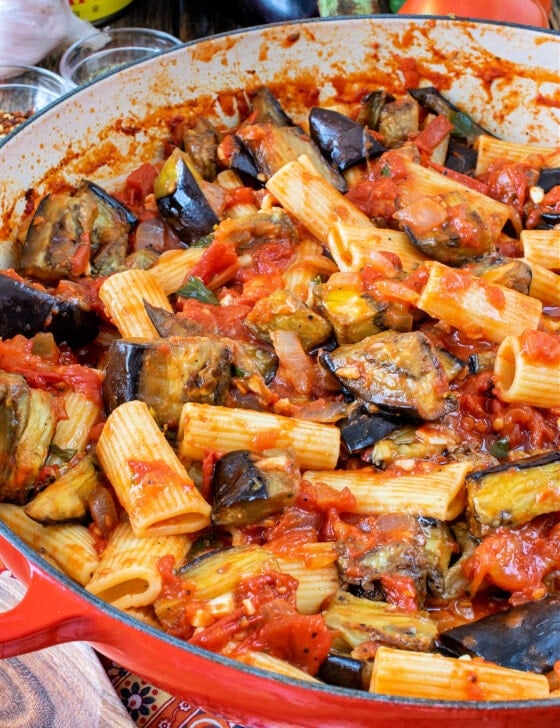


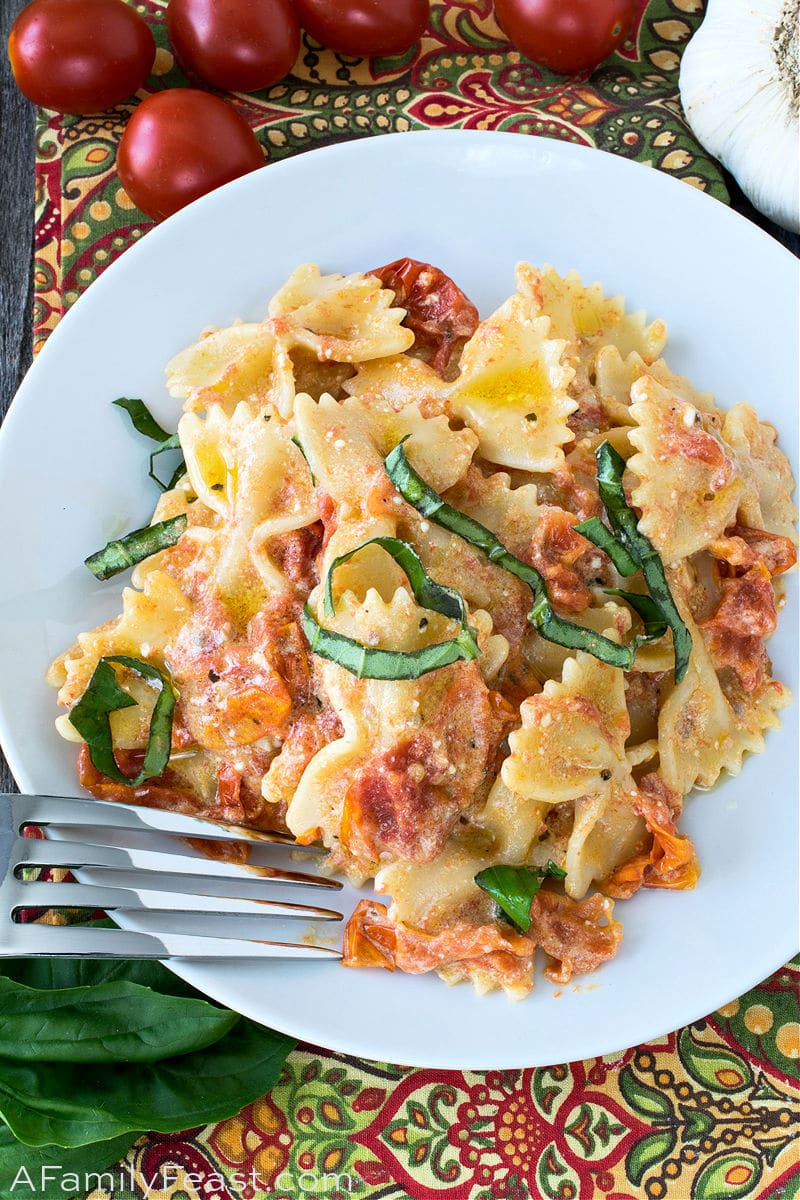
Leave a Comment